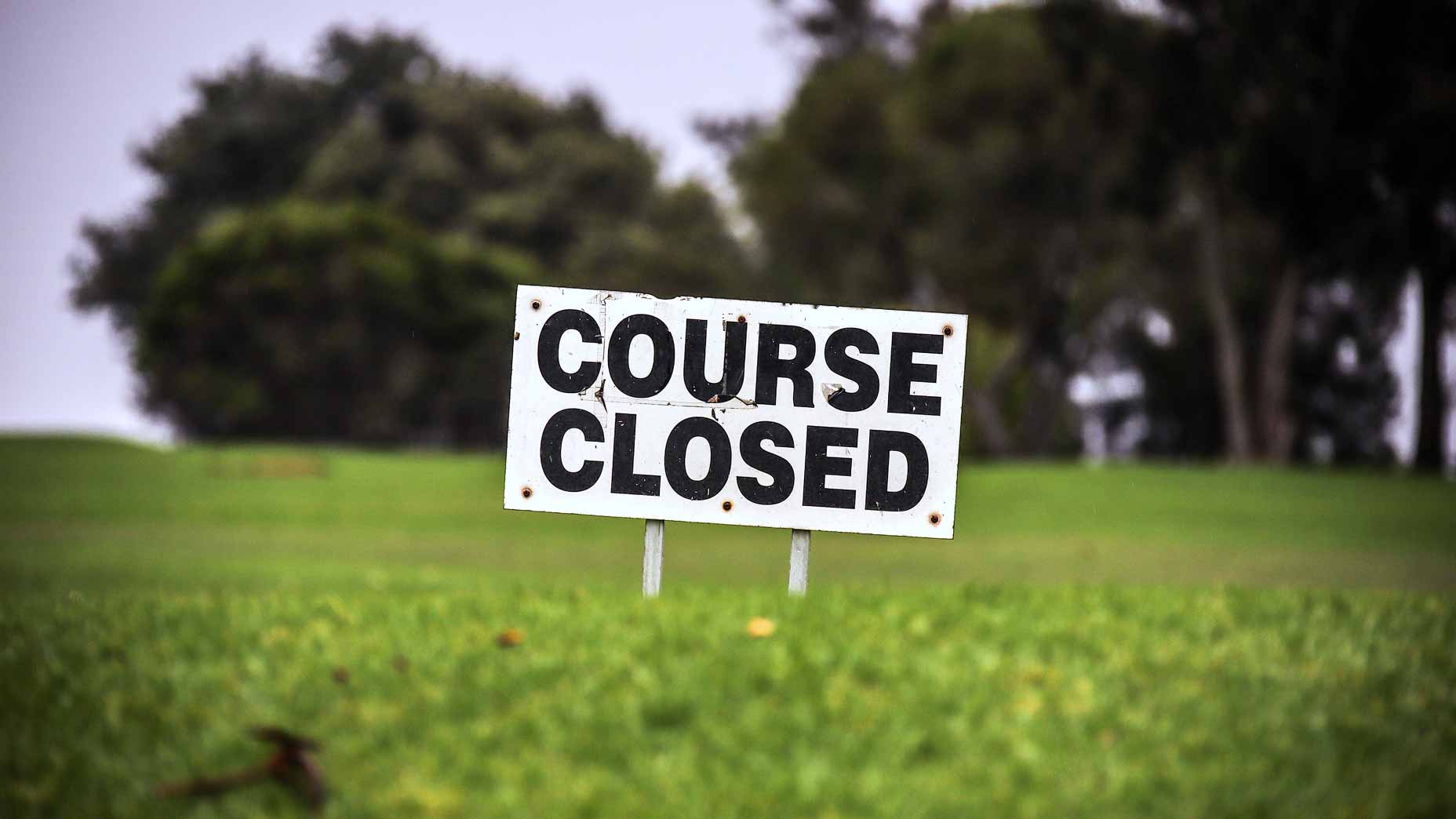The National Golf Foundation’s CEO has declared this “Leap Week” when it comes to U.S. golf course openings. Nationwide, the number of courses ready for play has jumped from 58% to an estimated 80%, according to their latest report (which you can read here).
The surge in course openings comes largely thanks to individual states loosening their restrictions on courses. There is a growing consensus that golf can be played as a safe outdoor recreational activity when played by a set of coronavirus-specific rules. Still, a few states are holding out longer, illustrating the difficult calculation between public safety and the benefits of social distancing on the fairways (and off the fairways…).
On May 1, Illinois, Pennsylvania, Nevada and Maine opened to the public. New Jersey, one of the states hit hardest by the pandemic, opened May 2 under a strict set of guidelines, including twosomes spaced out at least every 16 minutes. Washington, which was hit particularly hard early on, is now slated to open its courses May 5. And New Hampshire will restart golf operations on May 11.
That leaves just three states with specific non-golf restrictions in place: Massachusetts, Maryland and Vermont — plus the District of Columbia.
Jesse Menachem, Mass Golf executive director and CEO, told Worcester’s Telegram & Gazette that he’s still been lobbying government officials.
“Golf is a very healthy sport and activity,” he told the Telegram, “that can be aligned with the activities that are currently available, walking, biking, hiking and riding. It’s not only good for public health, it’s good for physical and mental health.”
Still, Governor Charlie Baker extended Massachusetts’ business closures and stay-at-home orders until May 18, and golf courses fall under that umbrella, at least for now.
Massachusetts’ neighbor to the north remains closed for now, too. Vermont’s governor Phil Scott told the media on Friday that golf would fall under various forms of recreation that would be reevaluated next week.
By contrast, authorities in neighboring New Hampshire announced on the same day that the state’s courses would be reopened in 10 days after consulting with the state’s golf association. “It is an outdoor activity — some folks it’s their primary exercise, walking those 18 holes — and it is an activity that’s very conducive to physical separation and physical distancing,” said Governor Chris Sununu.
Still, Scott sought to remind Vermont residents that this remains early season for the Green Mountain State.
“This is May 1. We could still get a snowstorm right now so from my standpoint we’re still in early spring,” Scott told the Burlington Free Press. “It’s not as though we’re all that far behind other years. But, again, we’re going to review that this coming week.”
Like Massachusetts, Maryland has been hit particularly hard by the coronavirus pandemic, with total cases and reported deaths still steady or on the rise. Governor Larry Hogan laid out a plan that would allow certain businesses to reopen — golf courses among them — but that plan has not been put into action as of yet. Some Maryland golfers made the trek to newly-opened neighboring states like Pennsylvania for their golf fix.
“MD residents are patiently waiting for [Governor Larry Hogan] to announce when golf courses in Maryland are permitted to open!” the state’s golf association wrote on Twitter.
Massachusetts, Vermont and Maryland have a combined 650 golf courses, roughly 5% of the national total. While the number of open courses continues to rise, the National Golf Foundation’s report reminded readers that an available first tee hardly means a thriving financial picture.
“I only wish the recent surge in the number of courses allowed to resume play was more closely correlated with industry revenues,” wrote NGF CEO Joseph Beditz in an email. “Given restrictions widely in place, some courses will actually be providing golf “below cost” without normal merchandise, food and beverage, and cart fees bolstering overall revenue per round.”
Beditz also cautioned golfers and course operators to continue following rules carefully as restrictions ease. He said the current openings amount to a yellow light, not a green light, and that could easily be reversed.
“Course owners and operators need to strictly adhere to local requirements, and golfers should be reminded they will be playing before the largest galleries of their lives. I don’t think it would take too many well publicized screwups to cause lights to begin to turn red again,” he wrote.
You can read the NGF’s report here.
